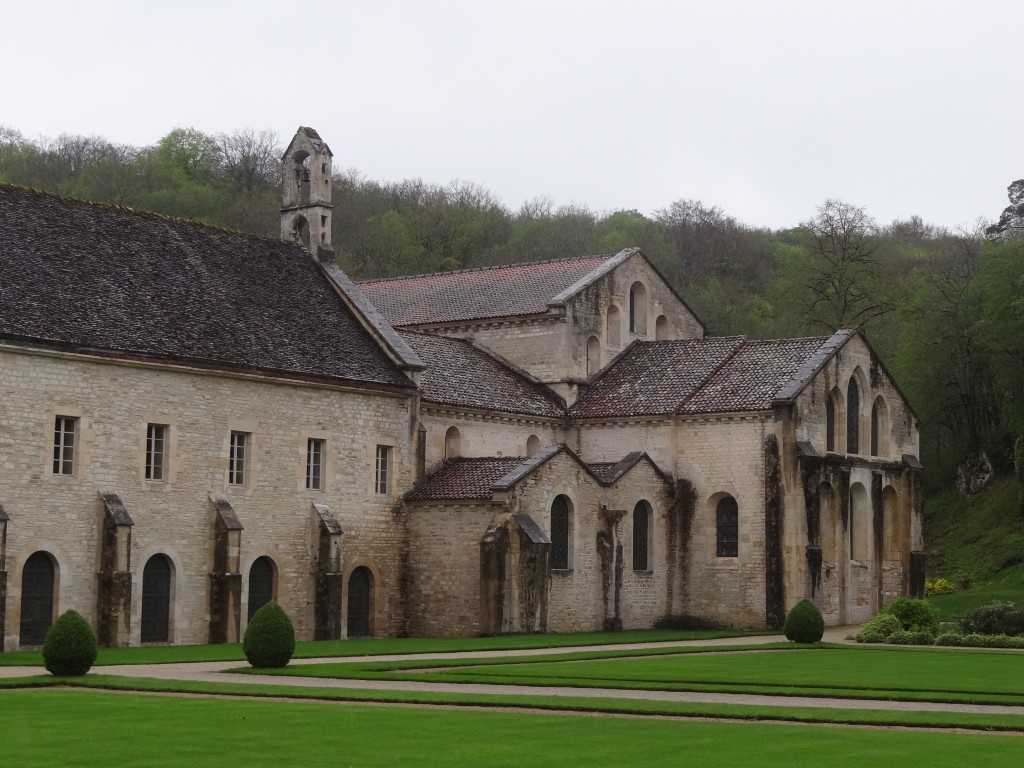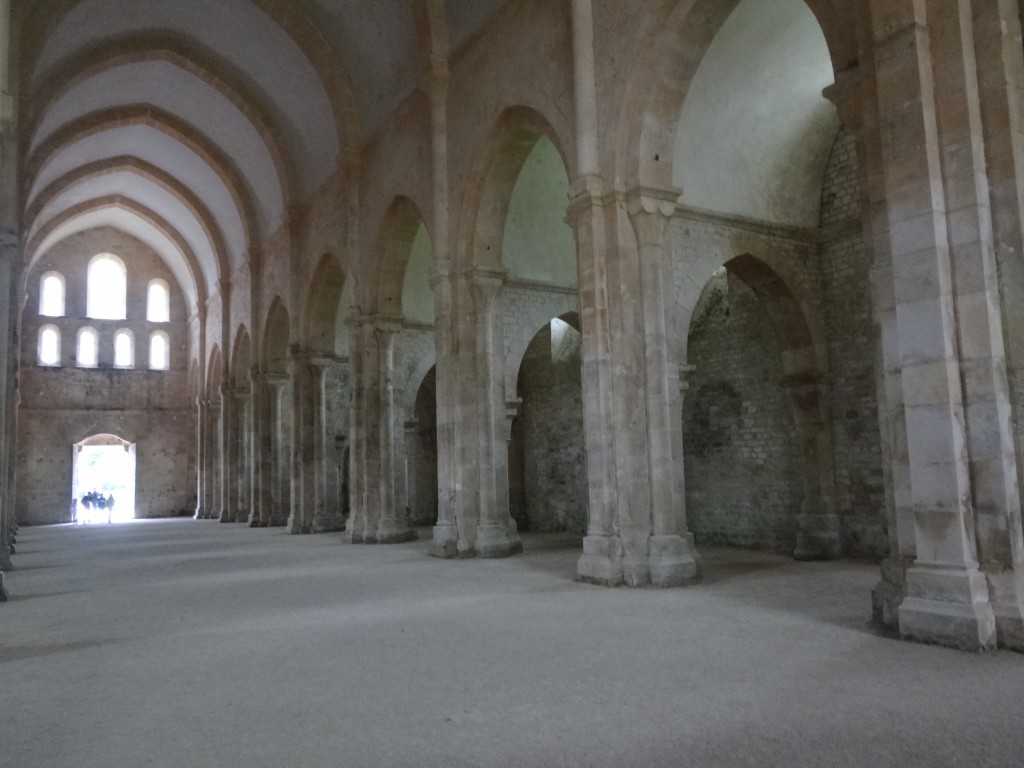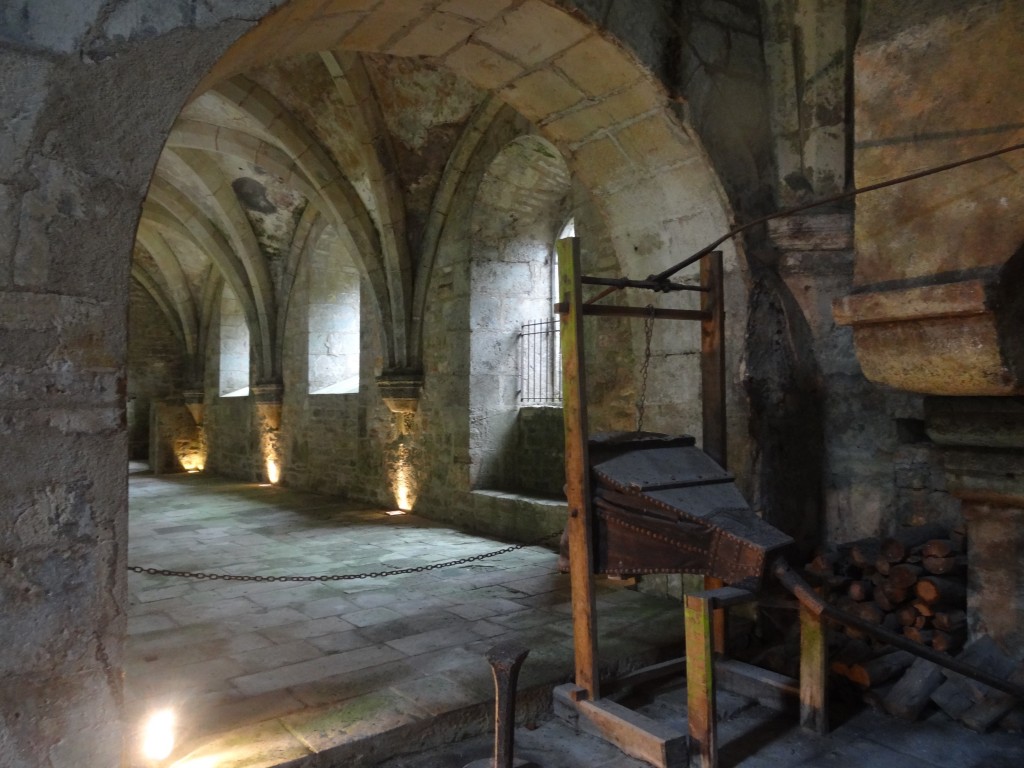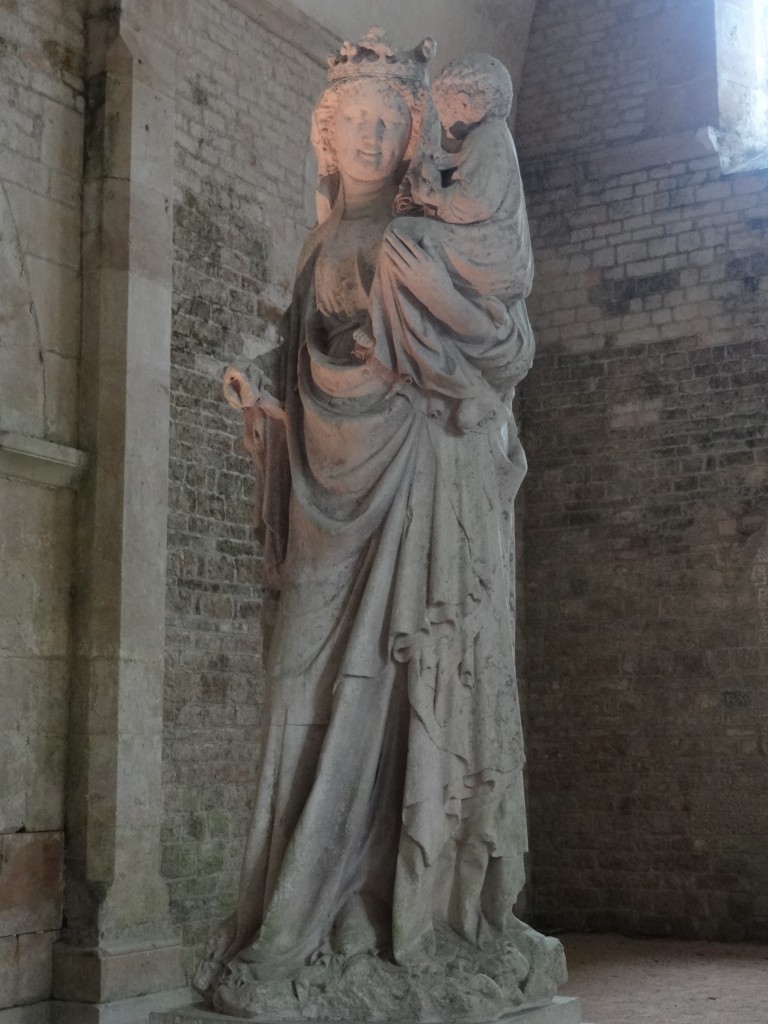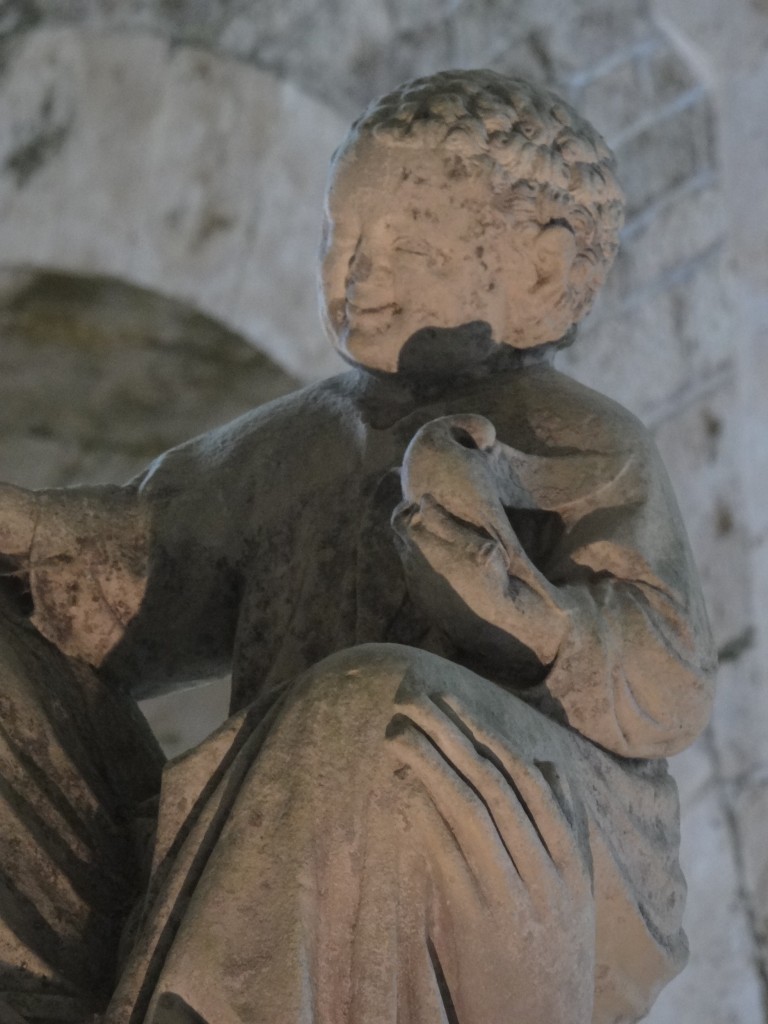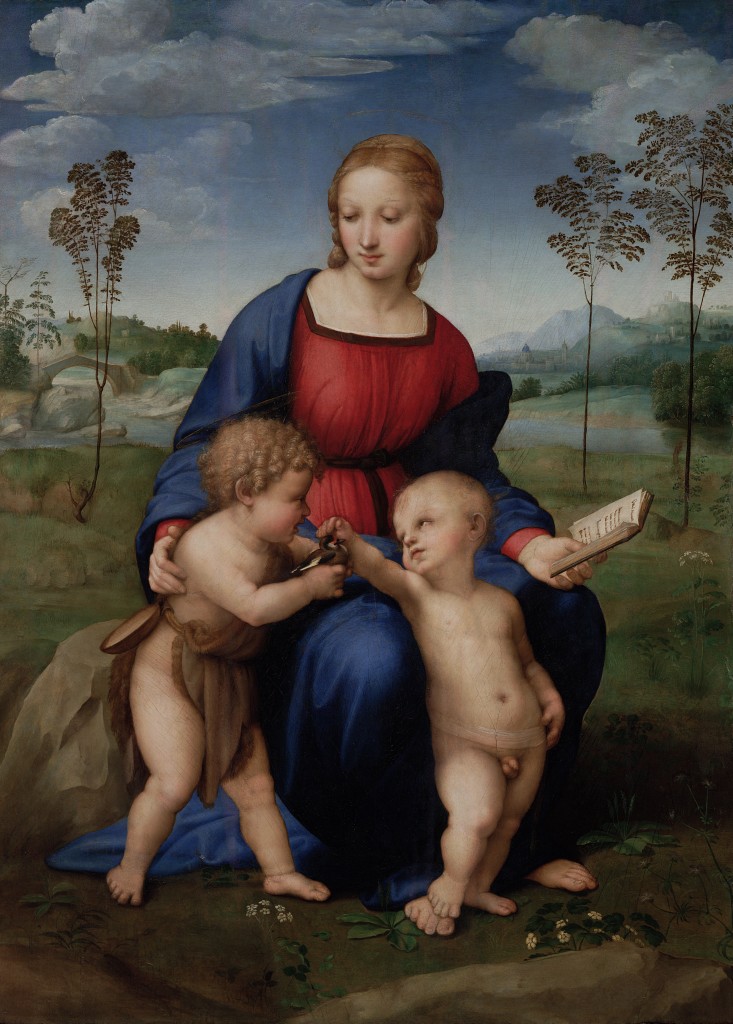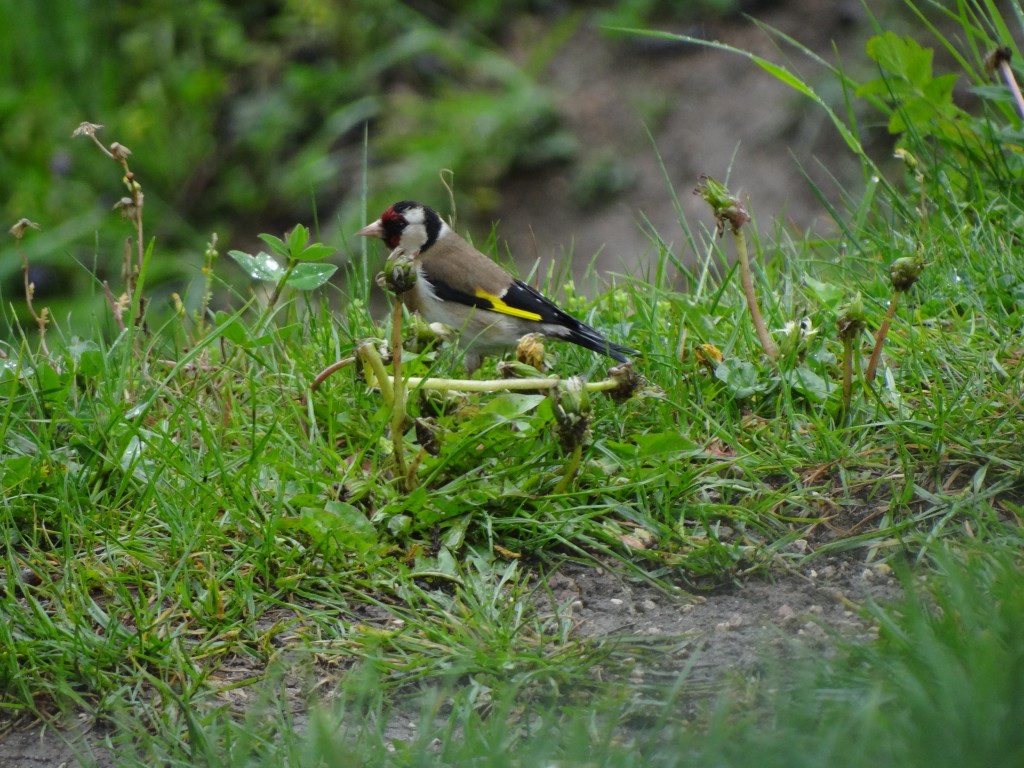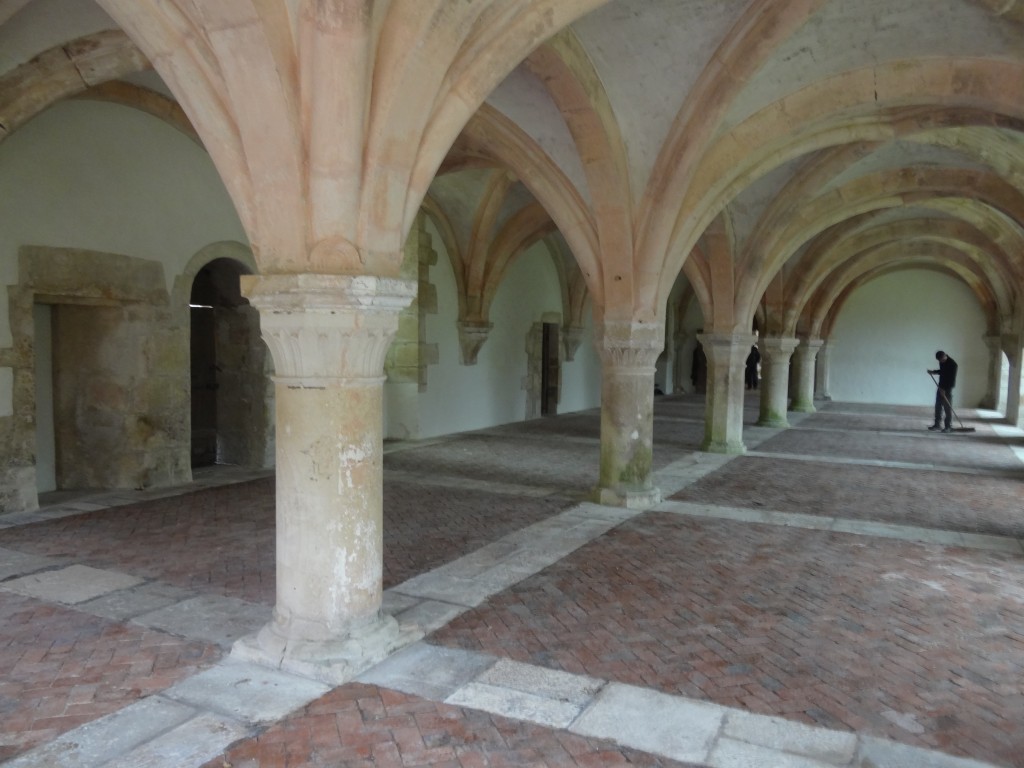The monastery of Fontenay, in northern Burgundy, owes its fame to the reforming zeal of its twelfth-century founder, Saint Bernard, and to the sublime starkness of the abbey church’s Romanesque architecture.
What few visitors notice, though, is how the medieval monks’ landscaping efforts contribute to the birdiness of the place today.
The forests the monks so carefully maintained to provide fuel for their forge and the canals and reedy ponds they dug to supply the kitchens with fish are home to a full suite of central France’s migrant and breeding songbirds.
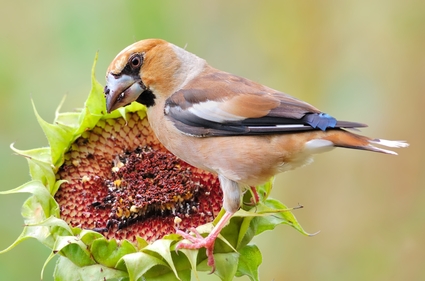
But the birds aren’t just outside. One of the few ornamental elements of the church is a thirteenth-century statue of the Virgin Mary and Christ Child, of the type known—fittingly enough in this case—as “beautiful Madonnas.”
Some visitors might walk right past it, pausing perhaps to admire the sweetness of the Virgin’s girlish face and the elegant curve of her torso; but a closer look reveals that the smiling Christ Child in her arms holds a live bird.
Stylized in form, and with no colorful plumage visible, the little bird is nevertheless identifiable: the Child’s pet can only be a European goldfinch. As the Smithsonian ornithologist Herbert Friedmann showed, that species served artists throughout the Middle Ages and Renaissance as a symbol of the suffering and death to come.
The stone goldfinch is just like the feathered ones the twelfth-century monks would have seen flitting around the borders of the cloister garden, and it is just like the goldfinches we watch today on the woodland edges and flower-strewn lawns of Fontenay.
Here in Burgundy, and in so many other ancient places around the world, birds, art, and history come together to form a landscape that is far more than the sum of its separate parts. All it takes is the eye to see it.

